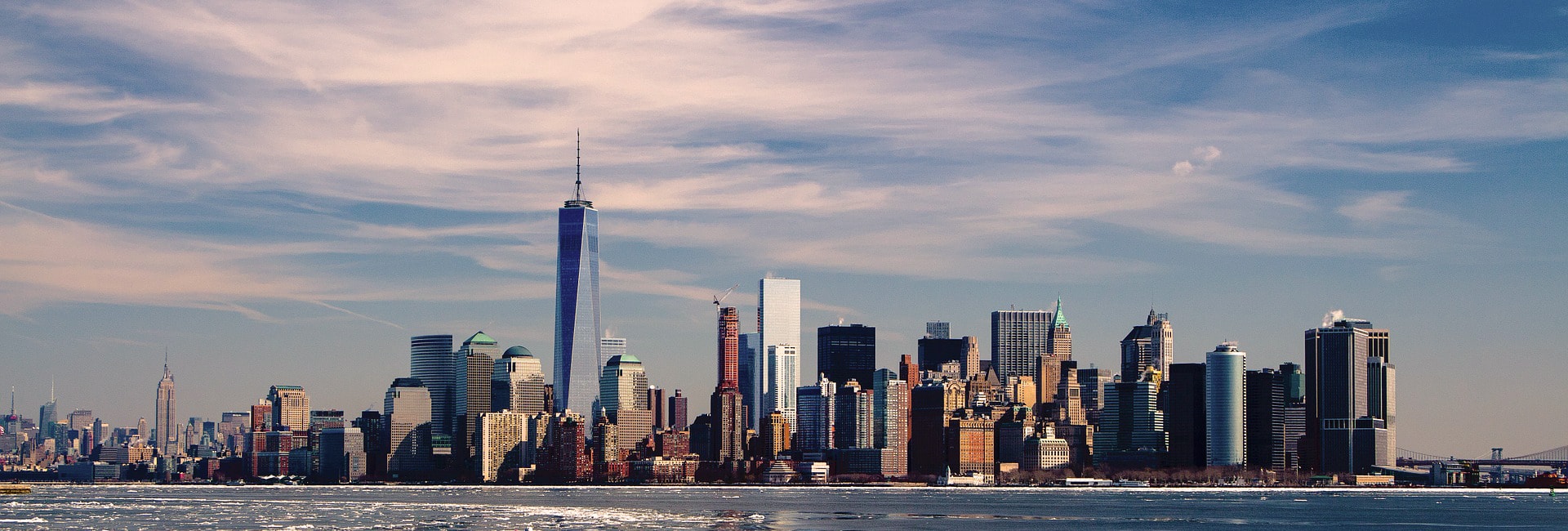One of the first and most frequent things I hear from new patients seeking facial rejuvenation with fillers is “I don’t want to appear overfilled.” When they say this, I know exactly the look they are referring to. Unfortunately, it is common in New York City to see people who have had overfilling of the cheeks, or “malar” (the correct anatomic term) area. Many of our patients are afraid of attaining this “overdone” look, and we understand their fear.
Overfilling of the face completely changes the facial proportions and balance, which results in the patient looking “fake” or “plastic” and unlike her/himself. As an example, at the recent Tony awards, there were a lot of negative comments regarding Meg Ryan’s appearance. Many felt she no longer looked like herself. There are several obvious changes to her current appearance. Compared to when she was younger, her midface (cheek area) is much wider and fuller and her eyes look smaller.
Our discussion is in no way meant to criticize her appearance but rather to help patients understand what contributes to this problem and how to avoid it. We also hope to reassure them that this is not a necessary outcome. In choosing the right board-certified plastic surgeon, they can avoid looking “fake” and can instead maintain a natural appearance after having facial rejuvenation procedures.
What happens to the midface (cheekbone and undereye area) when we age?
In a youthful midface area, there is no delineation between the lower eyelid and the cheek. The lower eyelid and the cheek seamlessly blend together and you cannot see where one ends and the other begins. However, as illustrated in the diagram, with aging, the triangular malar fat pad descends toward the nasolabial fold and atrophies, or shrinks. As a result, the cheekbone flattens and the nasolabial fold and hollow around the lower eyelid (together known as the tear trough and orbital malar hollow) become more prominent.
How do aesthetic doctors correct these issues, and what makes a face look unnatural, or “plastic”?
In an attempt to restore fullness over the cheekbone area, blend the cheek into the lower eyelid to fill in the hollow area between the two, and try to flatten the nasolabial fold, filler is injected into these areas of the midface. When filler is injected into the cheekbone, it acts as a “tent pole.” The goal is to lift up the skin envelope from the underlying bone to recreate the fullness of the cheekbone area and pull the skin up and away from the nasolabial fold to flatten the fold.
When facial aesthetics are not well understood by the practitioner and/or fillers are used to do more than they should, an “overdone” appearance can occur. In order to create real lifting of the skin of the cheek and nasolabial fold, the “tent pole” needs to be relatively long. Simply said, a lot of filler needs to be injected.
If filler is injected to create significant lift of the cheek and the resulting projection of the cheekbone area is greater than it was in youth (as seen in the picture above), the shape of the face will be changed in an unnatural way. In addition, if too much filler is added into the hollow under the eye, it pushes up on the lower eyelid and flattens its normally gentle curve. This results in the eyes appearing less open. Changing the shape of the eye and creating a midface that is too full will always create an abnormal appearance.
When the aesthetic doctor has proper understanding of facial aesthetics and appropriately applies surgical and non-surgical techniques for facial rejuvenation, this type of unnatural result should not and will not occur.
